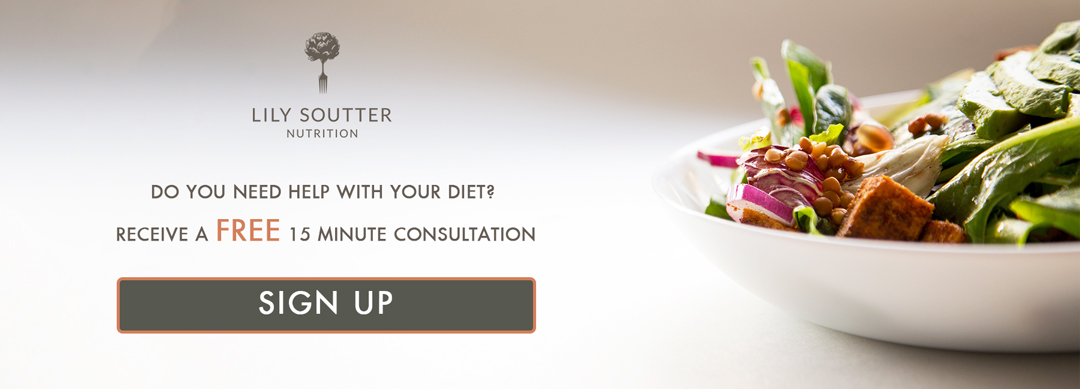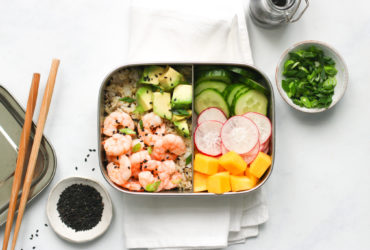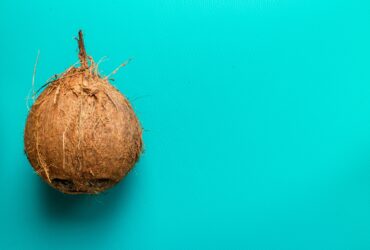We all know that fibre is good for us, yet on average we are drastically under consuming this critical component of the diet! Results from the National Diet and Nutrition Survey showed that on average we’re only consuming 18g out of our recommended intake of 30g per day! (1)
Despite its importance, there are many misconceptions around fibre, from knowing why it’s essential within the diet to the best sources…
1. There is only one type of fibre
Dietary fibre is an umbrella term, which encompasses all edible parts of plants that are not broken down or absorbed in our small intestine. There are numerous types of dietary fibre found in different food sources, which have specific roles within the body; this is why a balanced and varied diet is key.
These types of dietary fibre can be split into two main groups, soluble fibre (readily fermentable) such as fruit and oats. This type of fibre can help to feed our good bacteria, help to protect our gut lining cells, and may reduce the risk of cardiovascular disease and diabetes.
Whilst insoluble fibre (poorly fermentable) such as whole grains and nuts help to make stools soft easier to pass preventing constipation. It may also help with early satiety and can even maintain healthy blood sugar levels.
Focusing including a diverse range of fibre-rich foods within the diet can ensure you are receiving adequate amounts of each type.
2. You only need fibre to stay regular
Many associate fibre with preventing constipation, yet fibre does so much more than this. Fibre plays a key role in maintaining a healthy body weight; it also helps to keep our gut lining healthy by feeding our good bacteria. A high fibre diet can also reduce the risk of cardiovascular disease, type 2 diabetes and even bowel cancer! (2)
3. Five a day provides us with our full-fibre intake
Research from the British Nutrition Foundation found that on average ‘5 A Day’ provides just 9.8g fibre! (2) This is just one-third of our daily 30g target.
It’s also important to note that as much 70% of adults within the UK are currently not even reaching their 5 a day! Whilst we should all focus on consuming more fruit and veg, there are other fibre sources we can also enjoy, including whole grains, beans, pulses, nuts and seed.
For example, just 4 Ryvita Multigrain Crisp Breads comes with 8g fibre, 2 tbsp. chia seeds provide 11g fibre and just ½ can baked beans provides 7.7g fibre.
4. Fibre will always make me bloat
All types of fibre will cause some type of gas, which is a normal and healthy bodily response. However, focusing on the way we eat can really help to optimise digestion and reduce the risk of bloating. Engage in mindful eating by eating slowly, chewing thoroughly and eating away from distractions such as laptop, phone and TV. Lastly, avoid eating on the go or when stressed.
By eating mindfully, we give our body a chance to produce all the tools it needs for optimal digestion. This can reduce the risk of too much-undigested food reaching the gut, which could otherwise trigger bloating.
5. Blending food destroys fibre
Technically blending food doesn’t remove the fibre. Unless you throw away the fibrous part of the food, it will still be there. However what blending does do is chop the fibre into smaller pieces, which could change the way our body metabolises that food.
For example, ground oats have a higher glycemic index in comparison to whole rolled oats. This means that grinding the oats may spike blood sugar at a greater rate as our body has less work to do to when digesting this food. The same goes for smoothies, blending fruit preserves the fibre but disrupts the fibrous structure, which may increase the glycemic index of the fruit.
- https://assets.publishing.service.gov.uk/government/uploads/system/uploads/attachment_data/file/699241/NDNS_results_years_7_and_8.pdf
- https://www.nutrition.org.uk/healthyliving/basics/fibre.html
- https://onlinelibrary.wiley.com/doi/pdf/10.1111/nbu.12141
Lily is a London Nutritionist who graduated from Newcastle University with a BSc (Hons) degree in Food and Human Nutrition (AfN accredited) where she was awarded the Sage Faculty for Excellence Scholarship on an annual basis. She then went on to complete a 2-year post-graduate Diploma in Nutritional Therapy and is currently working towards her MSc in Nutritional Medicine (AfN accredited) at the University of Surrey. Lily’s extensive knowledge of the science of food and health, enables her to regularly write for The Times, The Telegraph, The Daily Mail, The Independent, Women’s Health and Cosmopolitan.
Her frequent TV appearances include ITV’s This Morning with Holly Willoughby and Phillip Schofield, and ITV’s primetime series Save Money: Lose Weight with Dr Ranj Singh. Lily’s passion is to simplify the science around nutrition, to provide health hacks and smarter eating strategies to empower people to enjoy a healthy and successful lifestyle. Her specialities lie in workplace wellness, implementing nutrition-focused wellbeing programmes within corporate organisations across the UK.
Lily also sees individual clients from her clinic in Chelsea and a private medical practice based in Notting Hill.




